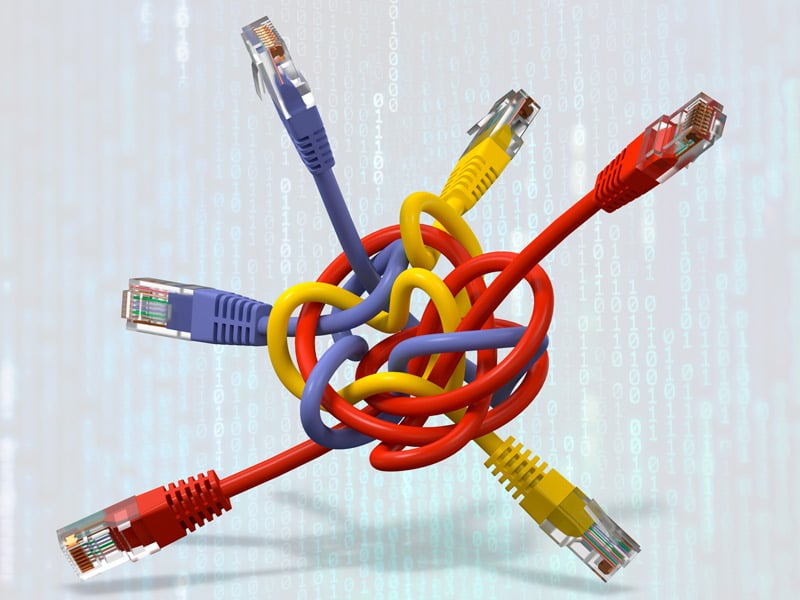
The digital transformation poses major challenges for IT departments. Their tasks only become more complex in the face of flexible working conditions and the increase in the number of people working from home. And why is that? The IT department manages more than just one central office with its corresponding IT infrastructure. It now has to deal with 1,000 individual offices, each with its own infrastructure. In addition to the company network, employees not only use third-party devices such as printers, mice, or headsets, but also use private or public environments in these offices at home. In this regard, the digital workspace has expanded substantially into the cloud, on the one hand, and on the other, towards the edge.
The modern business world wouldn’t be complete with cloud and network edge technologies. Yet, they also pose problems for IT departments, because they need to keep stock of things and centrally manage the distributed individual workspaces for everything to work smoothly – a time-consuming and gargantuan task that is also costly when you consider the number of devices involved. In addition, the data and the vast number of devices need to also be securely protected against attacks in their locations at the network edge.
Central management helps at the edge
Centralized management of the IT infrastructure is essential, despite the many individual offices. Automated software can help keep track of and manage all these devices and applications. IT departments should consider the following aspects when choosing solutions to ensure that these tools can be successfully utilized:
- IT administrators should have a holistic management console in order to manage cloud and workspace orchestration at the network edge.
- Clean management requires an overview of all devices and networks. This is because it also provides the necessary transparency across all systems, devices, and connections. Tools such as FastViewer, the Matrix42 remote access and maintenance platform, facilitate the management of distributed environments, in particular.
- The tool should be able to store data holistically from all sources (cloud, devices, network edge locations). This allows IT to keep stock of things and manage individual offices, which in turn means that tickets are resolved faster.
- IT becomes more agile through scalability and modularity. At the same time, it is important to cover the full range of technologies potentially in use, enabling changes to be made to the IT architecture without having to change tools, as it is primarily a cost and time factor.
- One tool should be able to handle remote monitoring, process management, and security measures for dealing with IoT devices.
- Configuration management should also be integrated into asset and license management in order to provide an automated environment.
Secure management means centralized management
Centralized management also provides an optimal foundation for good data protection. After all, the increasing number of devices at the network edge (printers, headsets, webcams, etc.) and the increased use of public or private networks pose greater risks than operation in a centralized local network. For this reason, administrators should carefully analyze the issue of security in these areas and address it accordingly. There are solutions here too that support employees working in this area, such as:
- Risk assessment tools for all services and devices in the cloud.
- A stable VPN connection and sufficient on-the-fly encryption enable known vulnerabilities at the network edge to be eliminated.
- Additionally, software solutions such as EgoSecure can be integrated with Unified Workspace Management to protect valuable data. This tool helps the IT department maintain control over undetected and potential threats at all times.
The right approach – and a unified and secure solution – helps a centralized management deal well with complex IT structures even. Matrix42 Digital Workspace Management offers automated support and opens up new organizational solutions for companies. An absolute necessity for all organizations that want to centralize data, device, and service management across a distributed digital workspace infrastructure in the cloud.